
Al vapor chamber
One of LEA’s most popular inventions, the Aluminum Vapor Chamber Plate (AVP).
The AVP has a wide range of applications in various fields.
-
- IGBT
- EV/HEV Battery application
- Semi-conductor devices. And much more.

Thermal resistance compare data: Solid Al plate vs. LEA made ALVCs.
 Solid Al Plate
Solid Al Plate
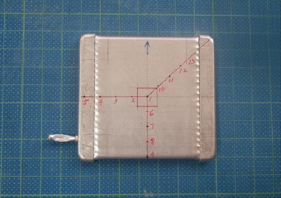 ALVC
ALVC
| Al Plate | ALVC | |
|---|---|---|
| Dimentions | W80mm×L80mm×T5mm | |
| Heat Source Power | 17.29W | 17.40W |
| Area Heat of Source | 10mm×10mm | |
| ΔT(Measured on the surface) | 5.6 | 1.0 |
| Thermal resistance(℃/W) |
0.32 |
0.11 |
Conventional Vapor Chambers vs LEA made ALVCs.
Capillary action occurs within the internal structure of the vapor chamber. Due to the use of a refrigerant, the heat circulation occurs repeatedly caused by pressure generated from the temperature differential between the heat receiving and the heat radiating side.

“Conventional”
Mechanical design of multiple single grooves. The use of coolant such as alcohol and acetone. Heat transfer flows only in one direction.

“LEA’s ALVC”
Mechanical design of connecting grooves. Rapid heat transfer and diffusion throughout the inner chamber by using a refrigerant such as R134a or others. Increases heat transfer across the VC.
One of LEA’s most popular inventions, the Aluminum Vapor Chamber Plate(AVP).
The AVP has a wide range of applications in various fields.
“Field”
- IGBT
- EV/HEV Battery application
- Semi-conductor devices.
- And much more.
Size, shape, and weight are customizable based on request. For further info, inquiries, or quotations please contact us. Click here!

| Dimensions (mm) | Adjustable Length (mm) |
|---|---|
| 42(W)×5(T) | 150/200/250/300 |
| 67(W)×3(T) | 150/200/250/300 |
| 72(W)×5(T) | 150/200/250/300 |
| 125(W)×5(T) | 300/450/600/1000 |
| 182(W)×10(T) | 300/450/600/1000 |
Test data on LEA’s Aluminum Vapor Chamber (ALVC) Co-op with Waseda University.
“Angle Orientation difference in determining thermal resistance”
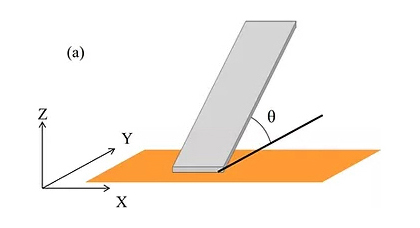
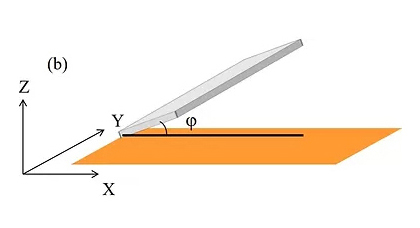
An aluminum vapor chamber with dimensions of L300mmxW67mmxT5 was used with refrigerant R134a.The test was conducted using angles θ and φ.This was done to measure the vapor chamber’s thermal resistance when applied to a heat source up to 100W.
| Heat flux(W/m2) | 0〜7,463(input 100W) |
|---|---|
| Angle θ(deg.) | 0〜45 |
| Angle Φ(deg.) | 0〜45 |
Results


Vibration of particles was not detected while thermal resistance remained high during input of 10-20W. Additionally, when angles θ and φ are large, thermal resistance is reduced. Vibration of particles increases alongside the reduction of thermal resistance when heat input increases from 30W to 100W.
AlVC heat sink
With the functions of the vapor chamber combined with fins for its increased heat exchange surfaces, the heat exchange performance of the vapor chamber drastically increases.
Aluminum brazing technology allows us to combine the fins to the vapor chamber. Brazing technology enables better thermal conductivity at the fin/vapor chamber joints, significantly increasing its performance. Furthermore, Aluminum Vapor Chamber Heat-sinks (ALVC) has better flexibility in constructing shapes and it is much lighter due to the aluminum material and the empty spaces inside the vapor chamber.

Benefits of Al Vapor Chamber Heat-sink.
- Light Weight, Durable.
- Flexible and retains shape.
- 30% faster as compared to water cooling transmission due to refrigerant.
- Post machining is not required. Fins are welded together with the heatsink.
- 100% aluminum, 100% recyclable
“Article”
4 reasons why aluminum vapor chambers are better than copper vapor chambers. (Contact for info)
(AVC) High-Power LED Lighting, Downlighting etc.
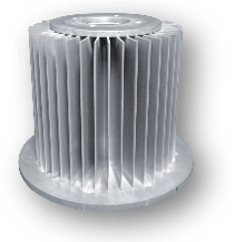
(AVP) IGBT Inverter, CPU, etc

With a combination of an extruded vapor chamber welded to a heat sink attached with fins, the Tower Type vapor chamber (AVC) and U-Type vapor chamber (AVU) is capable of expelling heat uniformly with high efficiency in energy saving.
Fins are added through either extrusion technology or brazing technology.
AVC is specially used in applications that involve LED lighting.
AVU is most commonly used for IGBT inverter and CPU-based applications.
Size, shape, and weight are customizable based on request. For further info, inquiries, or quotations please contact us. Click here!
TVC system
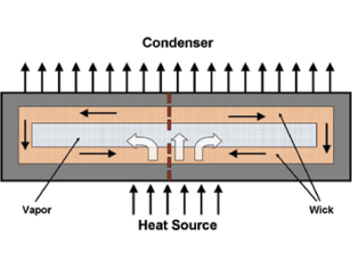
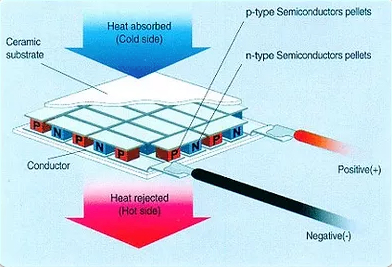
The TVC is a combination of vapor chamber technology with thermoelectric modules. The vapor chamber supports the thermoelectric modules by improving its ability to cool the surroundings and maintain it at a stable temperature range.
Additionally, the vapor chamber enlarges the surface area of the thermoelectric modules for wider heating capacity.
Through this combination, a high coefficient of performance (COP) of 1.0~1.8 is achievable. Alongside, precise temperature control of (+/-0.5C) is also attainable through this unique combination.
The combination of these two thermal technologies enables LEA to achieve high performance in temperature control in a wide variety of applications.
“Example Applications”
- Li/Ion battery pack, EV
- High Power Voltage Cable Tunnel.
“Our Published Research papers on the TVC system.” (Request for paper)
- 2017, SEMI-THERM Convention in San Jose.
- 2019, CIGRE Convention in Hakodate.
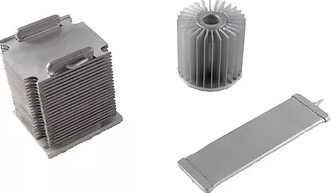

With the combination of the vapor chamber and thermoelectric technologies, the TVC system is capable to provide solutions to a wide variety of applications, allowing LEA to manufacture various products in multiple fields.
Size, shape, and weight are customizable based on request. For further info, inquiries, or quotations please contact us. Click here!


